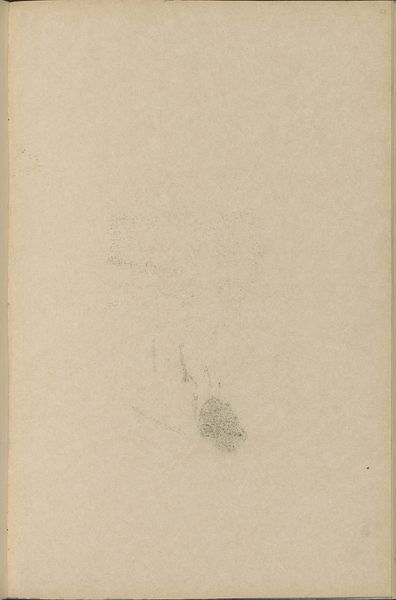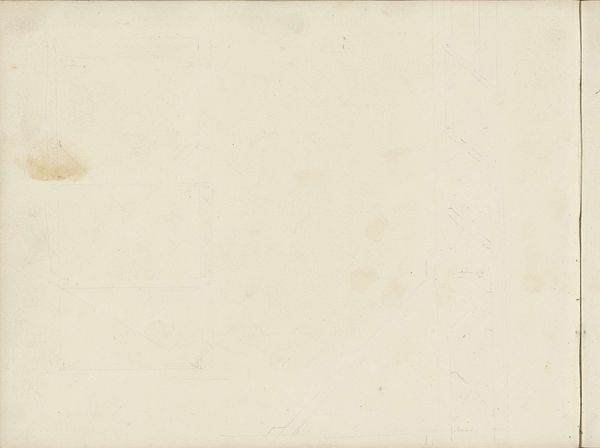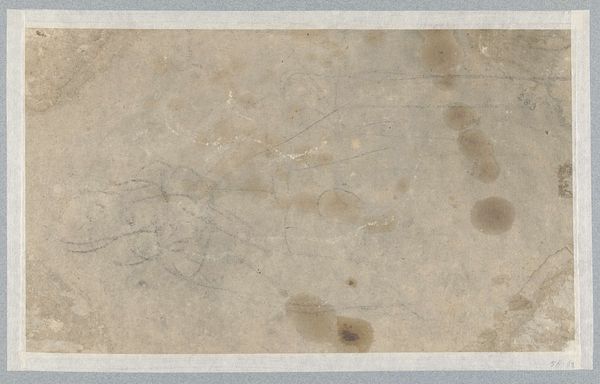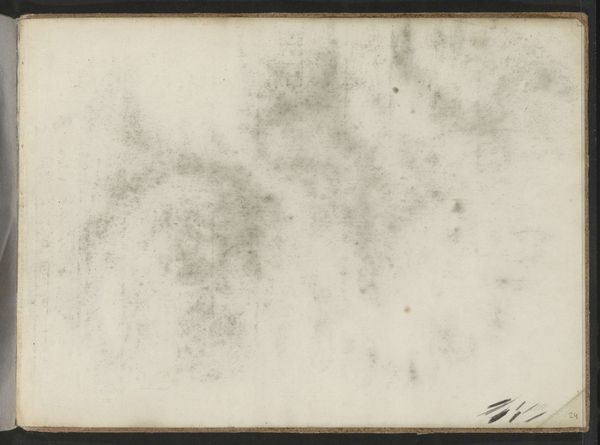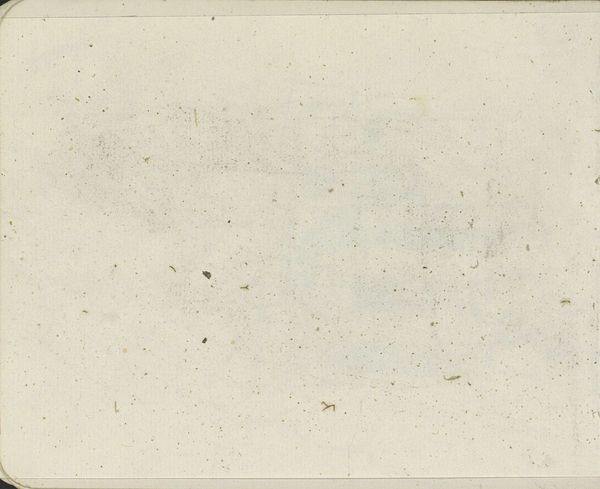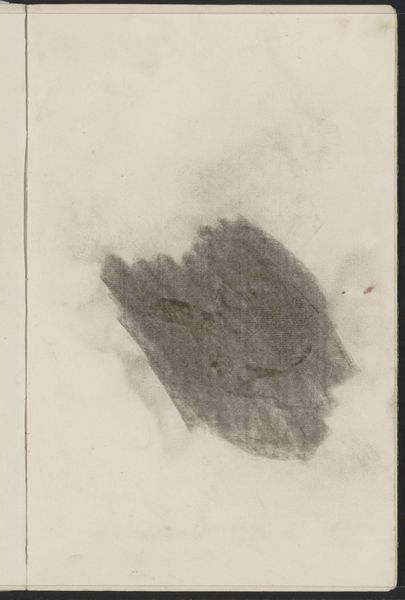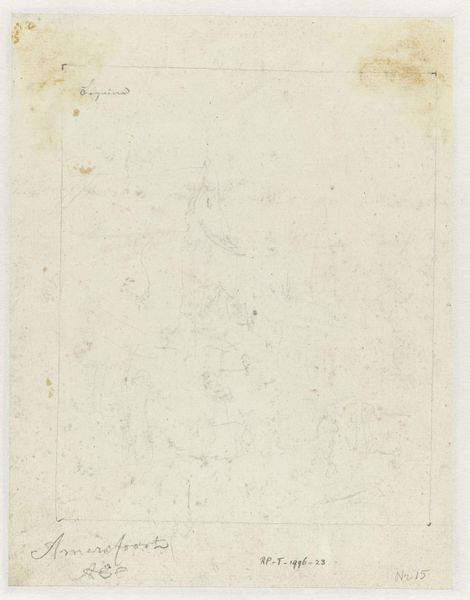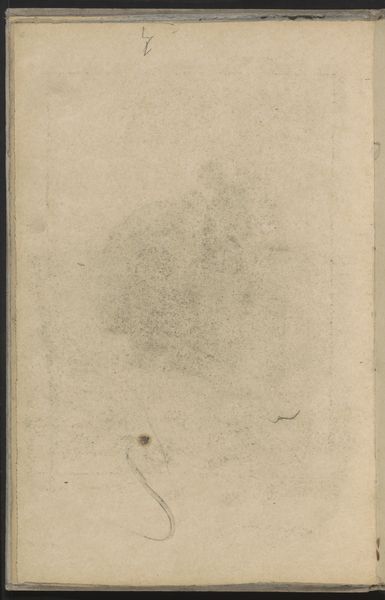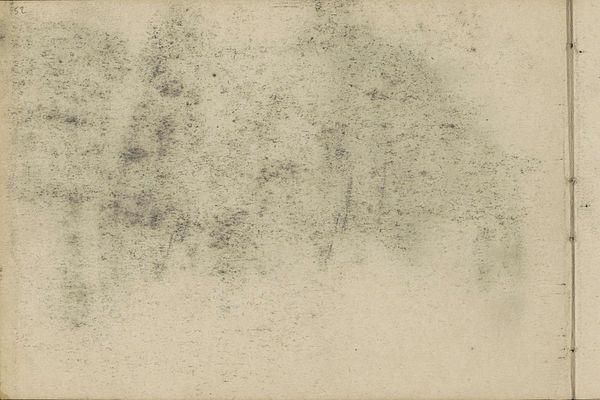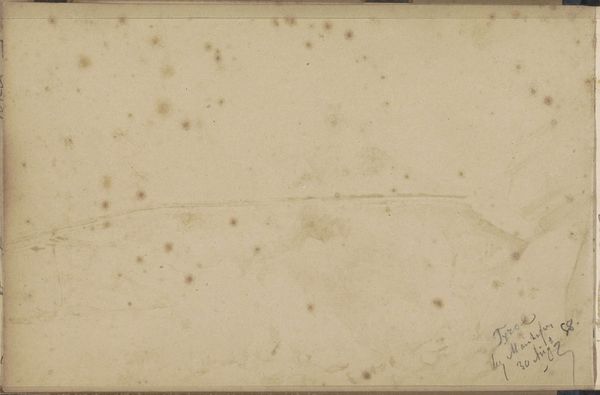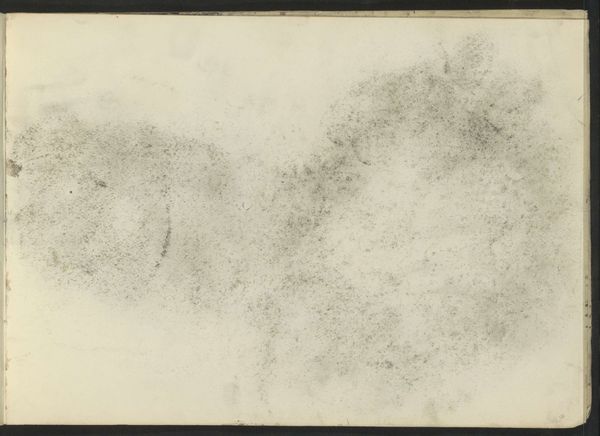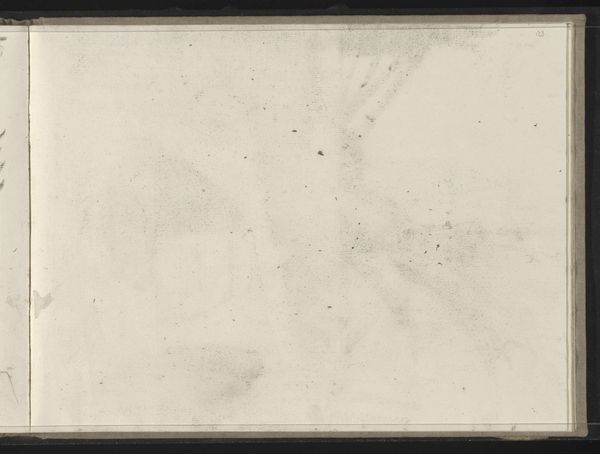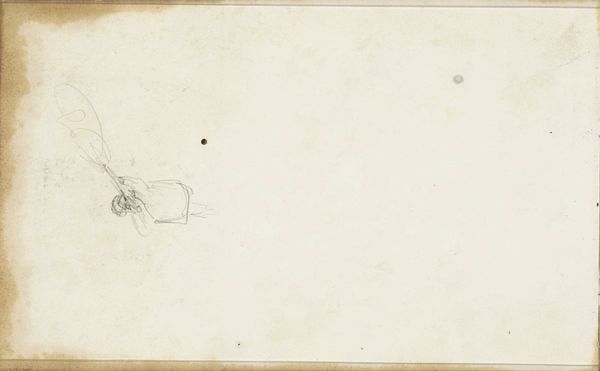
drawing, paper, watercolor
#
portrait
#
drawing
#
water colours
#
organic shape
#
paper
#
watercolor
#
academic-art
#
watercolor
Dimensions: height 105 mm, width 75 mm
Copyright: Rijks Museum: Open Domain
Curator: This intriguing piece, currently housed at the Rijksmuseum, is listed as a "Schilderij of tekening met een portret van een man," or Painting or Drawing with a Portrait of a Man, by Eduard Isaac Asser. Created between 1845 and 1855, it is rendered with watercolors on paper. Editor: Initially, I see erasure or fading; its delicate wash creates an ethereal almost dreamlike quality. It evokes a feeling of distance, perhaps hinting at the elusiveness of memory. Curator: The fading could be seen as the marks of the institution that, as Foucault noted, has traditionally played an enormous role in how images are created and interpreted. But let's delve into its construction and societal role during the mid-19th century. This era saw increasing importance placed on portraiture as a way to solidify social standing and commemorate individuals, especially with the rise of the bourgeoisie. Editor: Exactly, but the artist here renders that solidity almost... intangible. I question, whose story remains invisible behind portraiture? Is this intentional obfuscation of patriarchy itself and its structures of social power that render the artist nearly unseen? The artist presents something there and absent simultaneously, begging further questions about portraiture's role beyond representation. Curator: That's a powerful way to think about this piece; the visible absence may force viewers to confront the politics inherent in looking. Think about it in terms of representation. Is there ever equity between artist and model or are we only permitted to access certain public elements of self through such representation? Editor: Precisely. Instead of settling, we see that it urges critical questioning. Curator: It certainly leaves you pondering what histories lie beneath the surface. It encourages us to consider portraiture not just as a depiction but a lens through which social structures of its period are reflected. Editor: In a way it turns portraiture conventions inside out. It serves as an invitation to excavate the silent stories which is pretty wonderful.
Comments
No comments
Be the first to comment and join the conversation on the ultimate creative platform.
